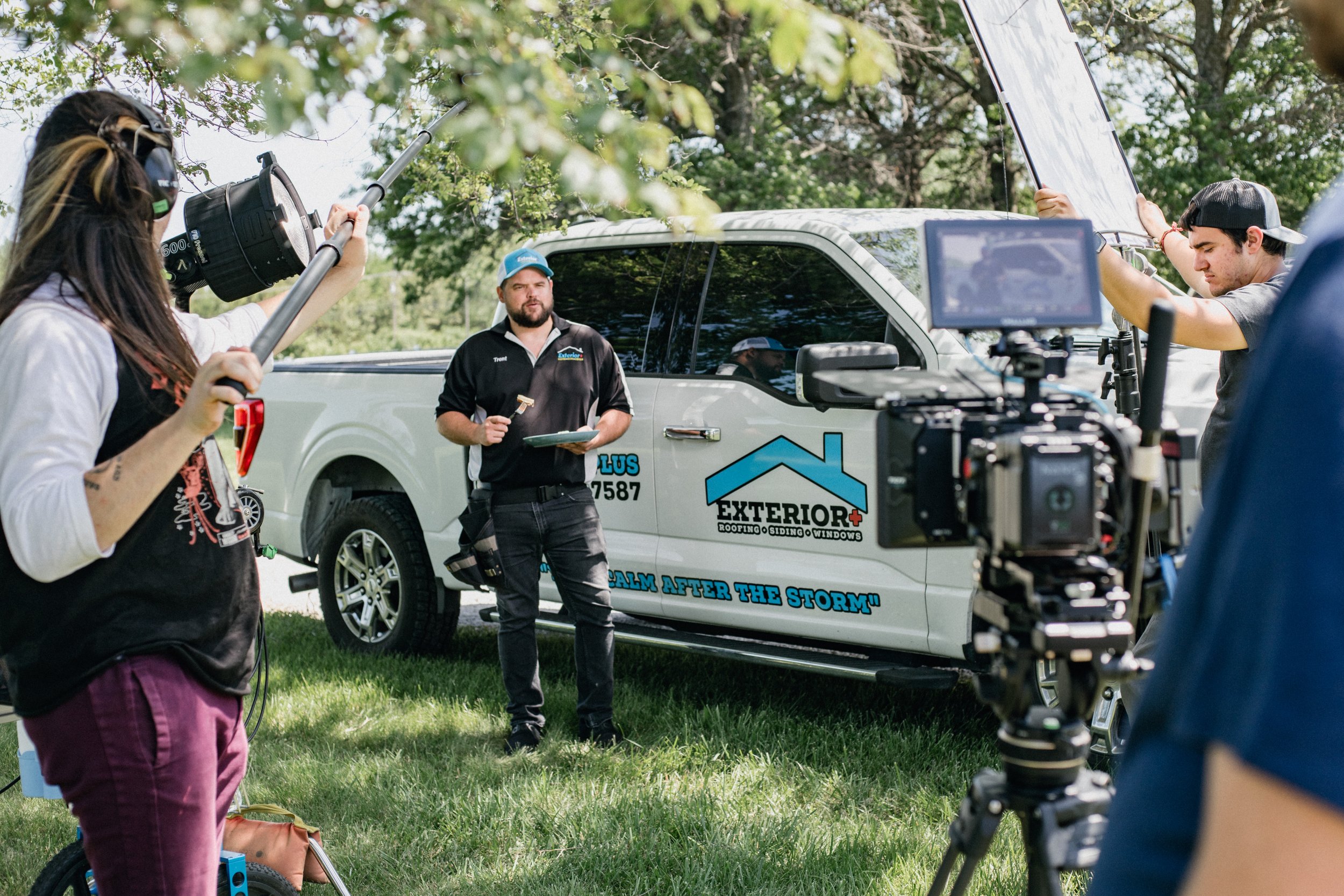How to Overcome Videophobia!
While Videophobia isn’t a real medical term, the fear of being on camera is something most people experience. Talking to a device that doesn’t talk back to you can feel awkward, unnatural, and even intimidating.
But here’s the good news: you can get better at it.
While I can’t promise that your fear of being on video will disappear overnight, I can share some helpful tips to build your confidence and grow in your video skills.
Practice, Practice, Practice
The American Psychological Association defines deliberate practice as “activities purposely designed to improve performance.” (Source)
The same principle applies to being on camera. The more you do it, the less uncomfortable it feels—and the more natural and confident you become.
How to Practice Effectively:
Record yourself regularly. Even if you never post the videos, simply practicing will help you get used to being in front of the camera.
Analyze your performance. Write down what you did well and what needs improvement.
Use the magic of editing. Most mistakes can be cut out or replaced, so don’t stress about perfection. When you do make mistakes make sure to stop what you are saying and start the sentence over again. This will help make your edits sound better.
Seek feedback. Show your video to a trusted friend or colleague who can provide constructive criticism on what’s working and what could be improved.
Over time, you’ll notice that your hesitation starts to fade, and speaking on camera will feel as natural as a conversation with a friend.
Use Natural Body Language
One of the biggest differences between taking a photo and recording a video? You don’t have to stay still!
If you naturally use hand gestures when speaking, embrace it. If you feel more comfortable moving slightly as you talk, go for it.
Why Movement Matters:
It keeps you feeling natural. If you force yourself to stay stiff and still, you’ll come across as uncomfortable.
It grabs attention. Small, natural movements (like hand gestures or a slight shift in posture) make you more engaging to watch.
It helps with nerves. If you’re feeling anxious, controlled movement can help release some of that nervous energy.
Movement Tips:
Keep your gestures within the frame so they’re visible but not distracting.
Avoid excessive swaying or pacing, which can make the video feel unstable.
If using a tripod, make sure you stay in focus and don’t move out of frame.
Remember: You’re Not Alone
If you struggle with being on camera, you’re in good company.
The first time I recorded a video for my business, it took me over an hour just to say four sentences. That’s right—one hour.
But here’s what I learned: everyone starts somewhere. Even the most confident public speakers and content creators once felt awkward in front of a camera. The key is to keep pushing forward and remind yourself that it gets easier with time.
Overcoming videophobia isn’t easy, but it’s worth it.
Practice regularly and focus on small improvements.
Use natural body language to make yourself more comfortable and engaging.
Remember that you’re not alone—even the best speakers had to start somewhere.
Most importantly, keep going! The more you practice, the better you’ll get.
Need More Tips? Let’s Chat!
Have questions about video confidence? Drop a comment below or DM us at @blumevideo—we’d love to help!





